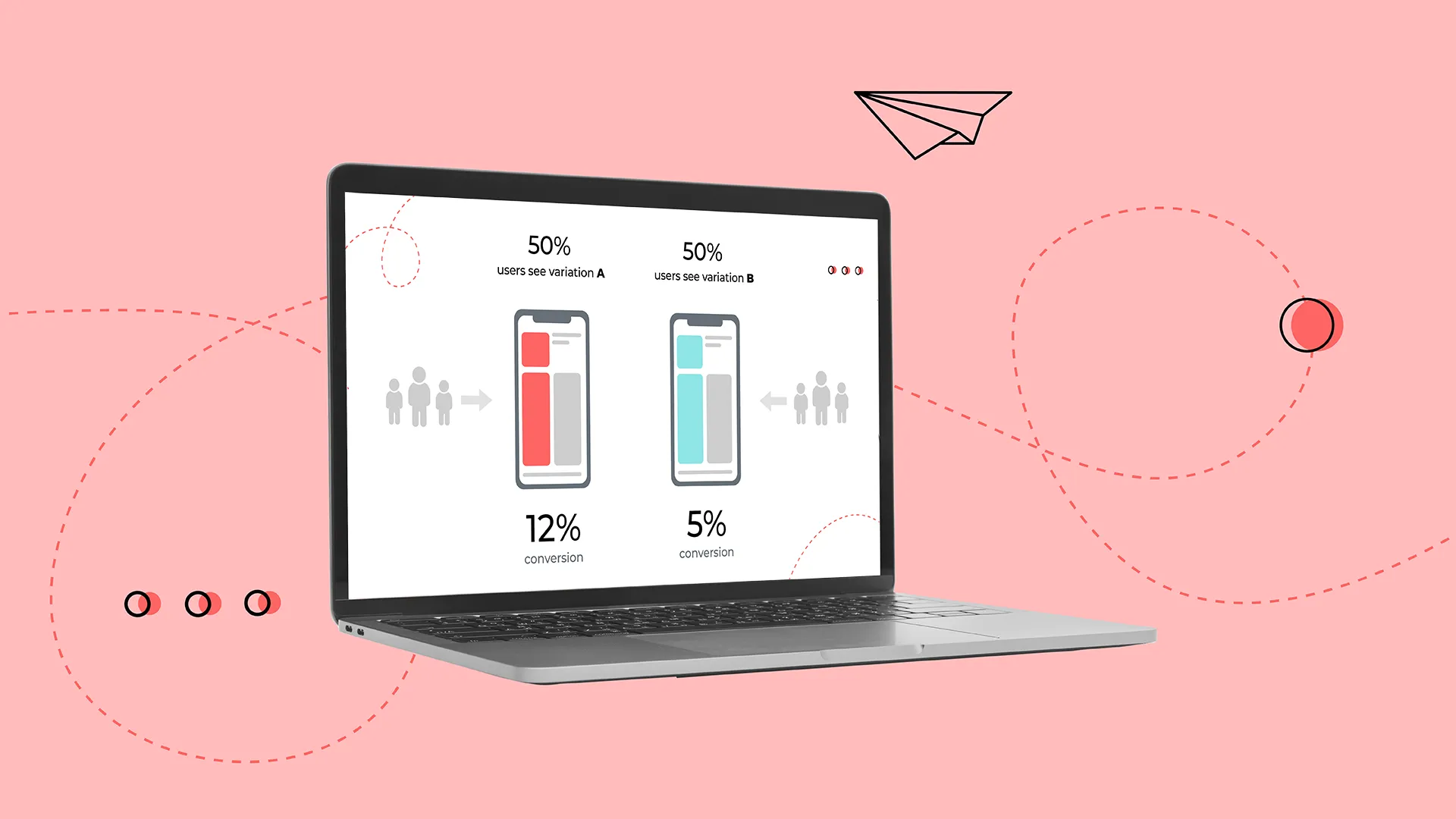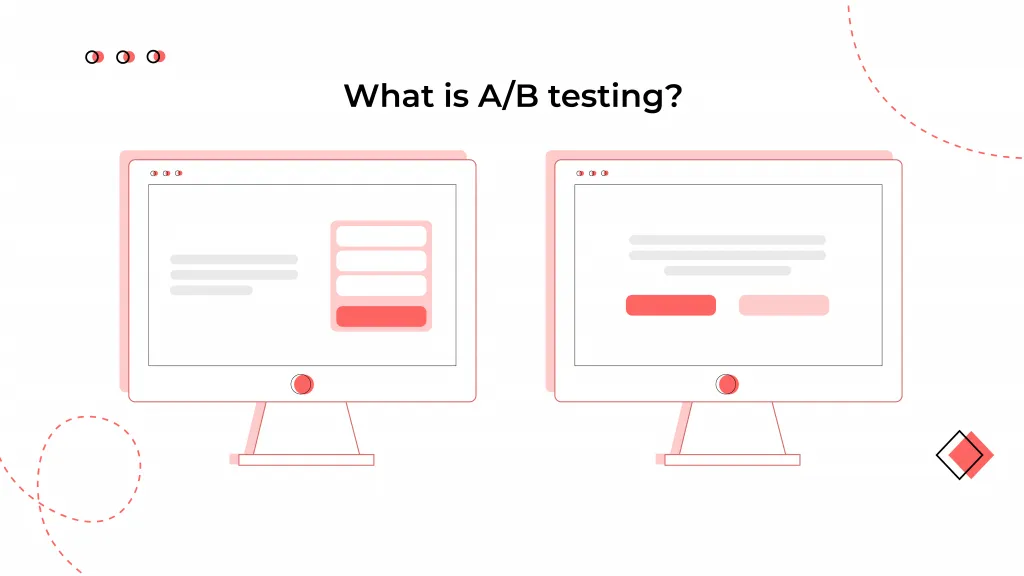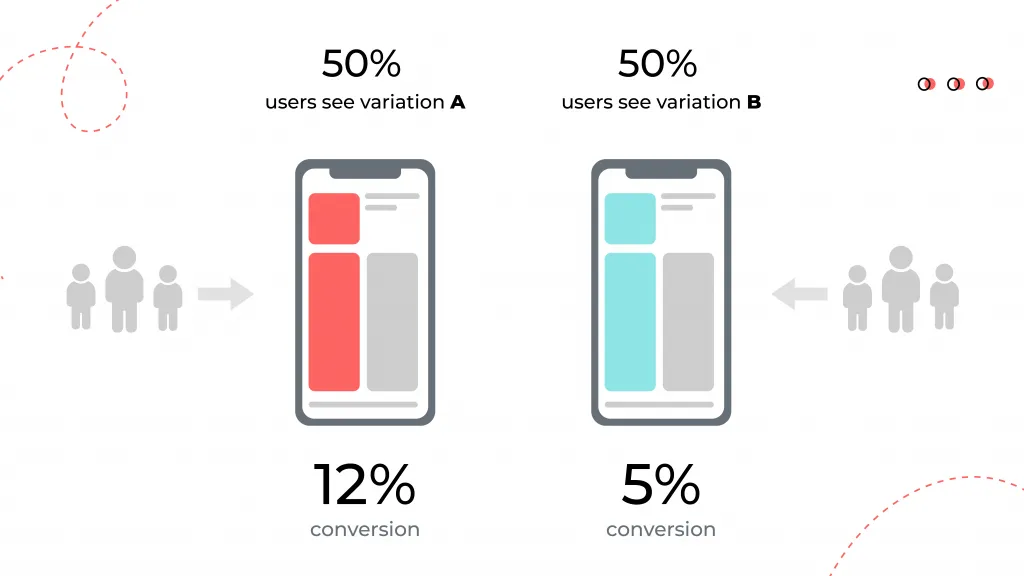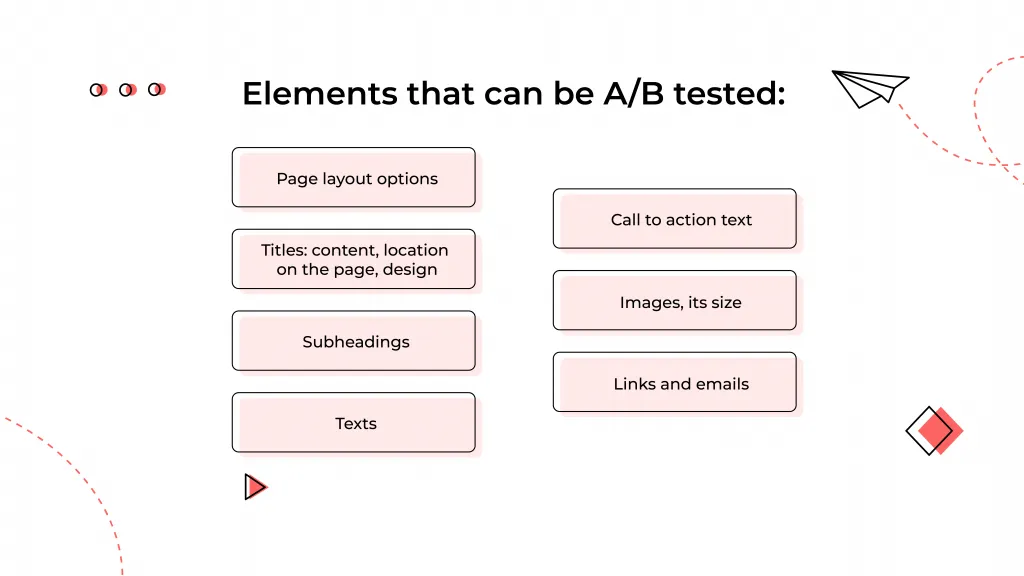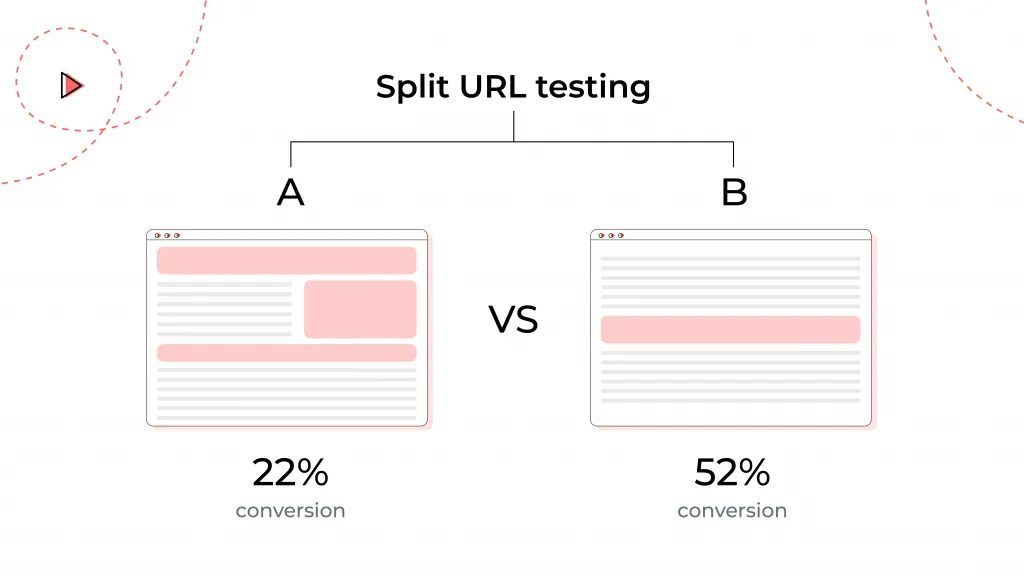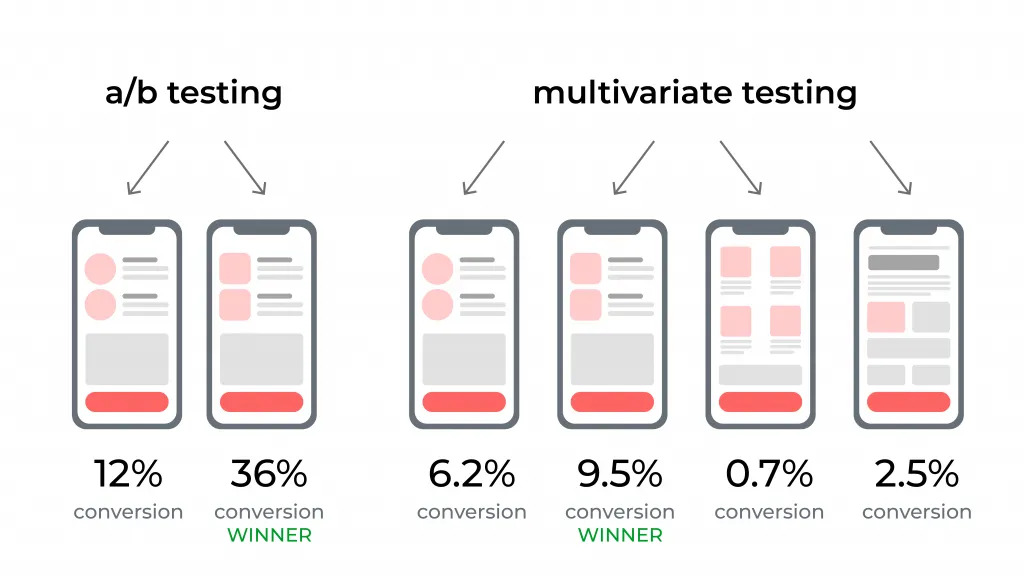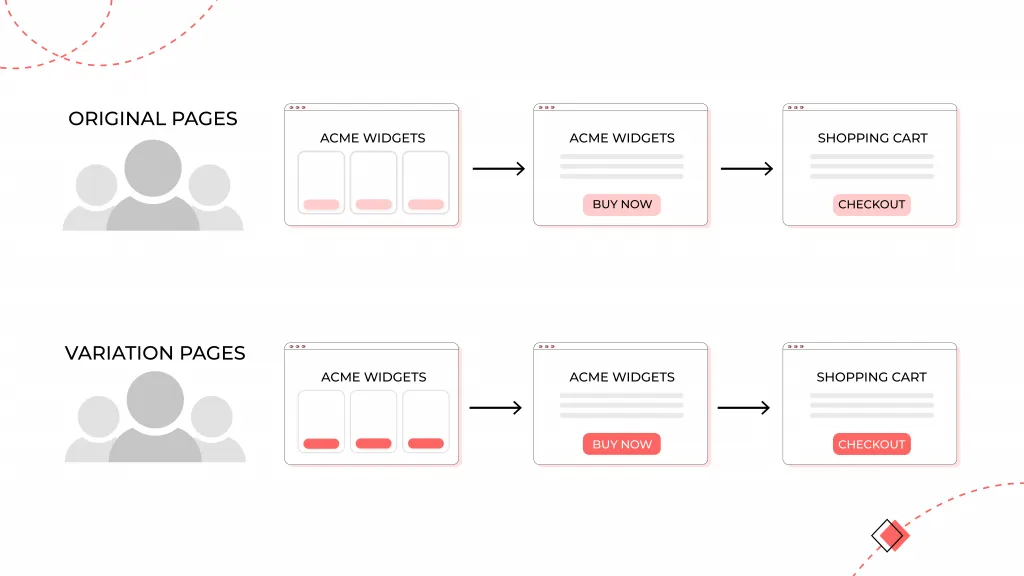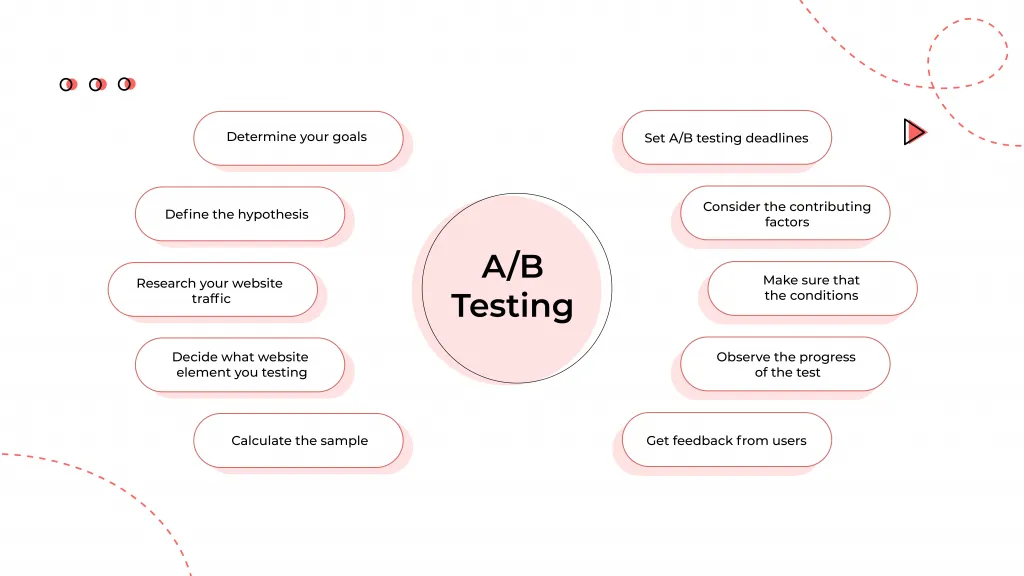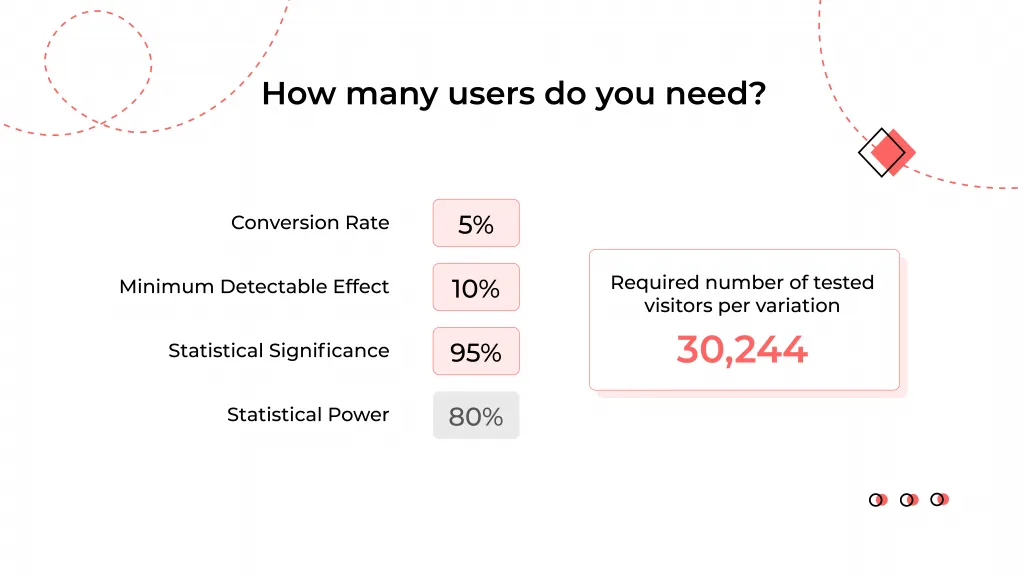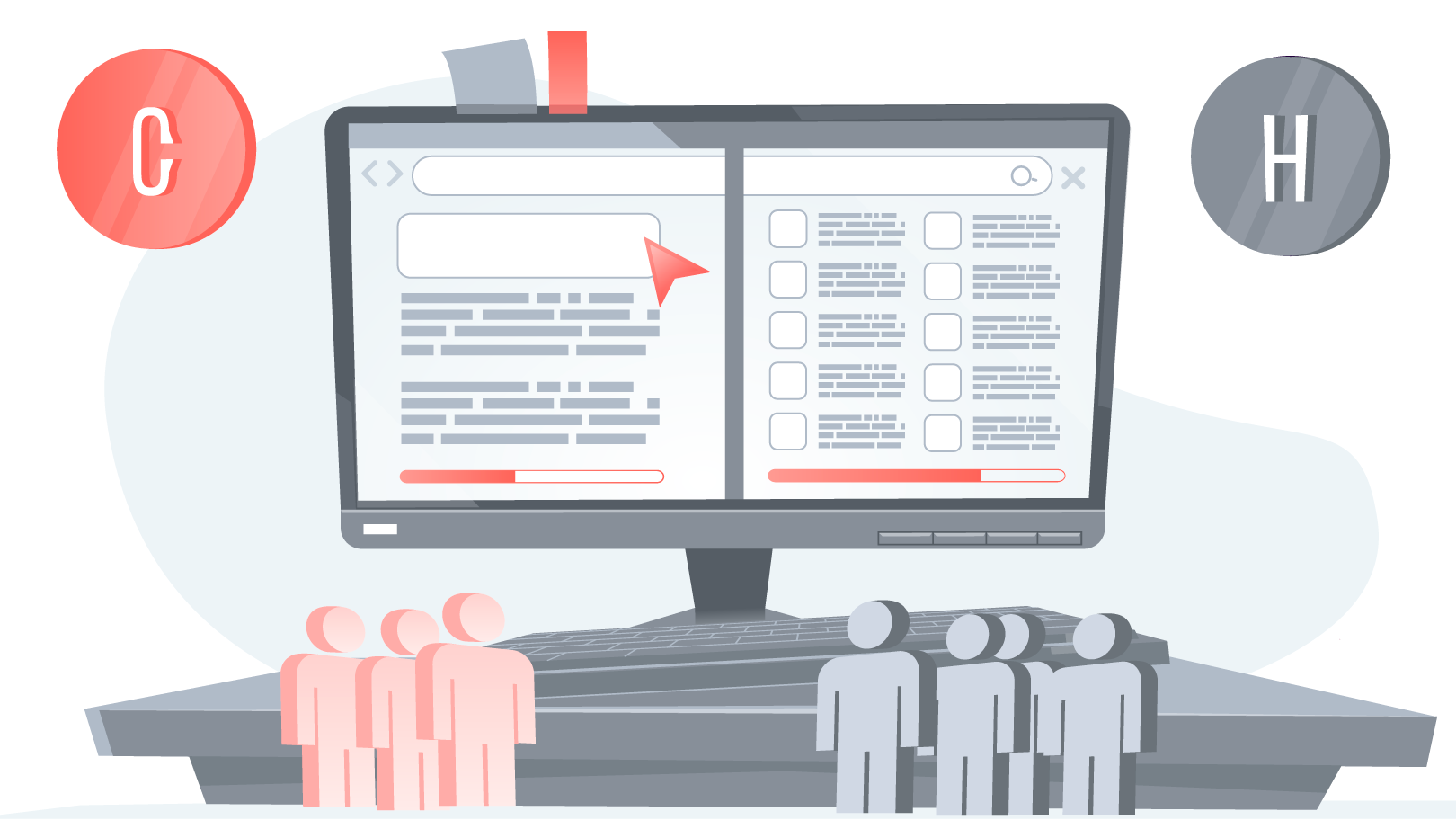Assumptions built on guesses aren’t always aimed at the result. It’s necessary to take definite action to achieve success. If we’re talking about web design, success is when your audience actively uses your product. Thus, the object of research is our target audience, and we constantly try to improve our product for them. So, how to get maximum results without wasting time and get the answer to the most exercising issues: how do I increase the conversion rate of my website?
In this article, we’ll discuss the A/B testing method in web design and highlight the essential tips for conducting this test to get visible results.
